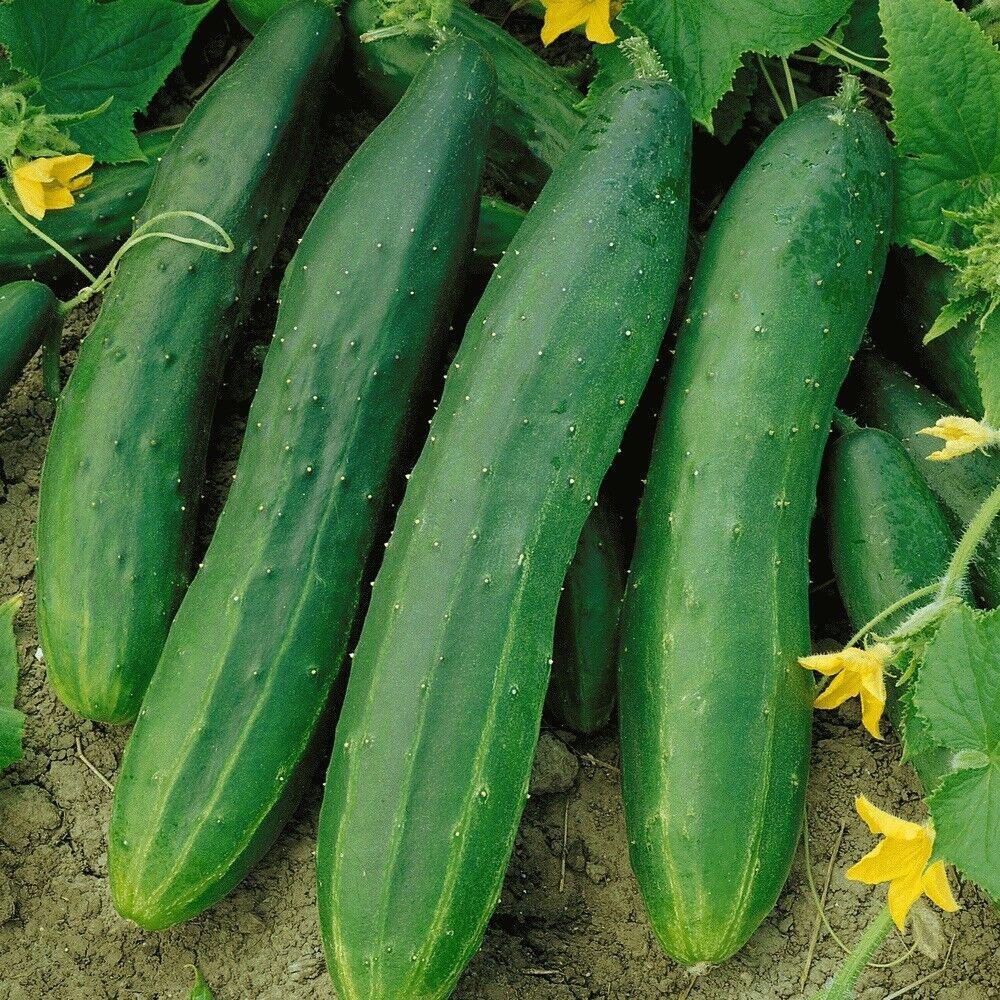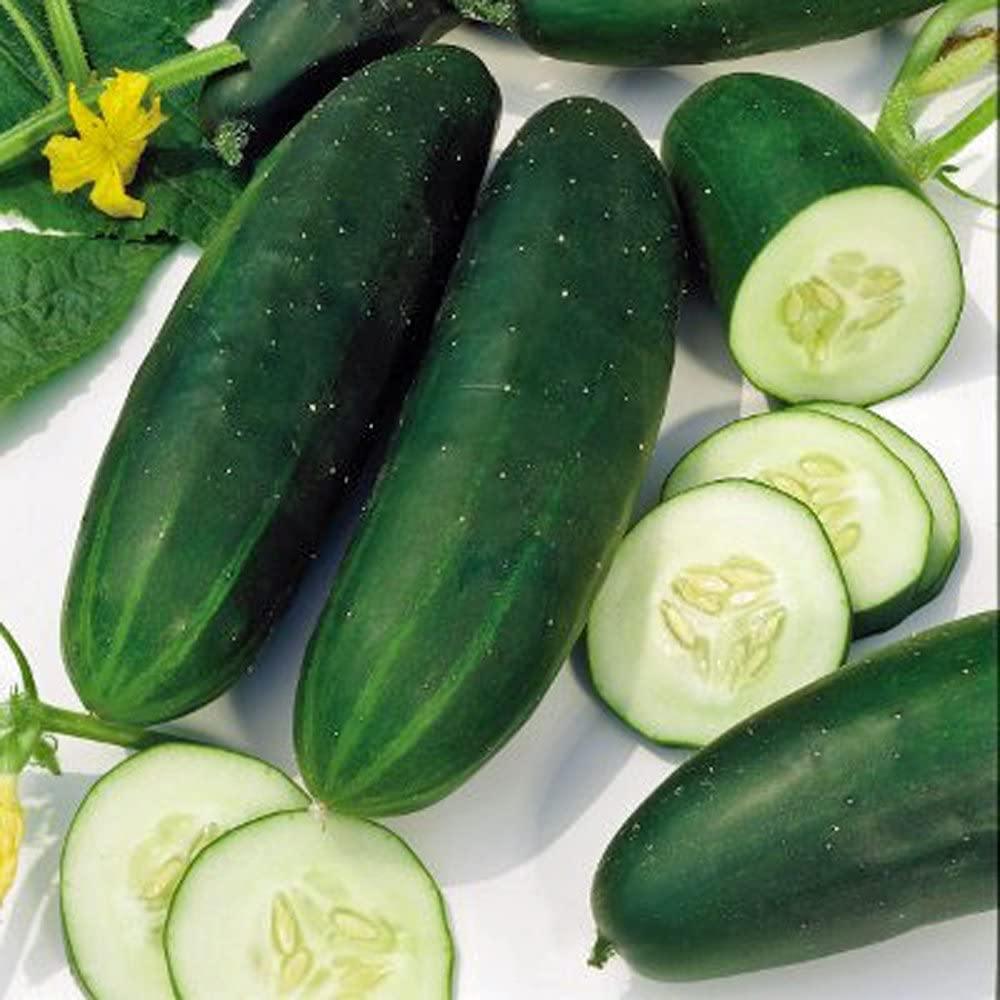Seed World
25 Organic Straight Eight Cucumber Seeds - Heirloom Non- GMO
25 Organic Straight Eight Cucumber Seeds - Heirloom Non- GMO
Couldn't load pickup availability
ORGANIC HEIRLOOM NON-GMO STRAIGHT EIGHT CUCUMBER SEEDS
Cucumber (Cucumis sativus) is a widely-cultivated creeping vine plant in the Cucurbitaceae gourd family that bears cucumiform fruits, which are used as vegetables.[1] There are three main varieties of cucumber—slicing, pickling, and burpless/seedless—within which several cultivars have been created.
The cucumber originates from South Asia, but now grows on most continents, as many different types of cucumber are traded on the global market. In North America, the term wild cucumber refers to plants in the genera Echinocystis and Marah, though the two are not closely related.
Light requirements: Full sun.
Planting: Space 36 to 60 inches apart, depending on the type. (Read the stick tag that comes with the plant for specific spacing recommendations.) If you’re trellising vines, space plants 12 inches apart.
Soil requirements: Cucumbers need moist but well-drained, nutrient-rich soil. Amend soil with compost or other organic matter prior to planting. Soil pH should be 6.0 to 6.8.
Water requirements: Keep soil consistently moist by applying roughly 1 inch of water per week. Use a soaker hose or drip irrigation to keep leaves dry and slow disease development. Mulch soil to reduce water evaporation, but wait until the soil has warmed before covering it.
Frost-fighting plan: Cucumber is damaged by light frost (28º F to 32º F). If a surprise late spring frost is in the forecast, protect seedlings with a frost blanket.
Common issues: Inadequate or inconsistent moisture causes oddly shaped or poor-tasting fruit. If plants suddenly wilt and don’t recover, the vine has been infected with bacterial wilt, spread by cucumber beetles. Also keep an eye out for squash bugs, slugs, aphids, and powdery mildew. Squash bugs attack seedlings. Slugs like ripening fruit. Aphids colonize leaves and buds.
Harvesting: Pick cucumbers whenever they’re big enough to use. Check vines daily as the fruit appear because they enlarge quickly. The more you harvest, the more fruit the vines will produce. Oversized fruit is bitter. Cucumbers with a yellow end are overripe. Harvest using a knife or clippers, cutting the stem above the fruit.
Storage: If you’ll use cucumbers within 1 or 2 days, store at room temperature. Exposing cucumbers to temperatures below 50º F can hasten decay. If you must refrigerate cucumbers, wrap them in a dry paper towel and slip into a loosely closed plastic bag. Store them in a warmer part of the fridge and for best flavor and quality, use within 1 to 3 days.
Share




